Sliding doors, with their space-saving design and exceptional light transmission, have become an indispensable element in modern home design. Whether used to divide spaces, create an open layout, or serve as partitions and décor, the right sliding door can greatly enhance your home’s aesthetics. This article will guide you through the different types of sliding doors to help you make the best choice for your space.
I. Classification by Track System (Core Difference)
This is the most fundamental classification method, as it determines both the installation method and the final visual effect.
1. Hanging Track Sliding Door
The track is installed above the doorway, leaving the floor track-free. The door relies entirely on the upper hanging wheels for support and movement.
Advantages:
No floor obstacles: Easy to clean, safer for movement, especially suitable for homes with elderly people or children.
Neat appearance: The continuous flooring creates a minimalist, seamless look.
Ideal for full-floor installations: Doesn’t interrupt the flooring or tiles.
Disadvantages:
High installation requirements: The top beam must be load-bearing (solid wall or structural beam).
Weaker sound and thermal insulation: Gaps at the bottom reduce sealing performance.
Best for: Kitchens, living rooms, balcony partitions, storage rooms, and minimalist spaces.
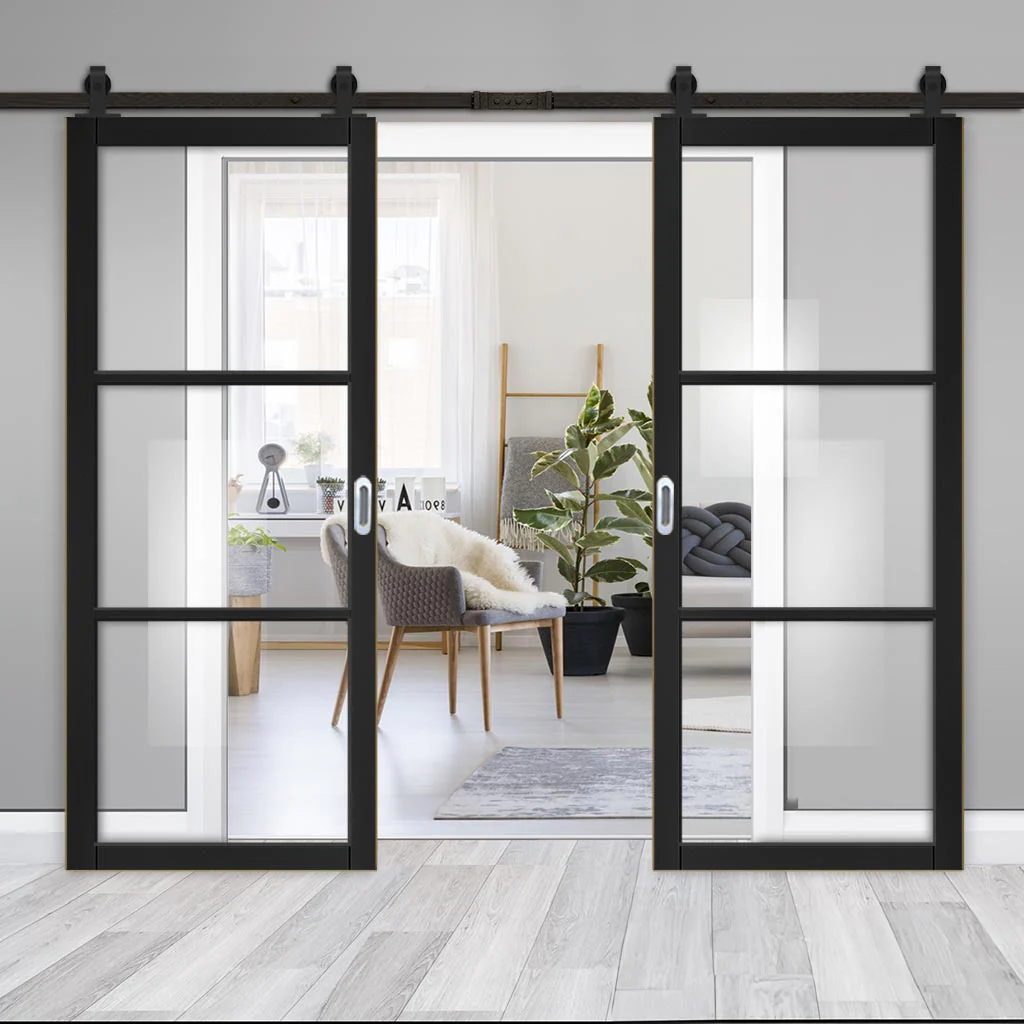
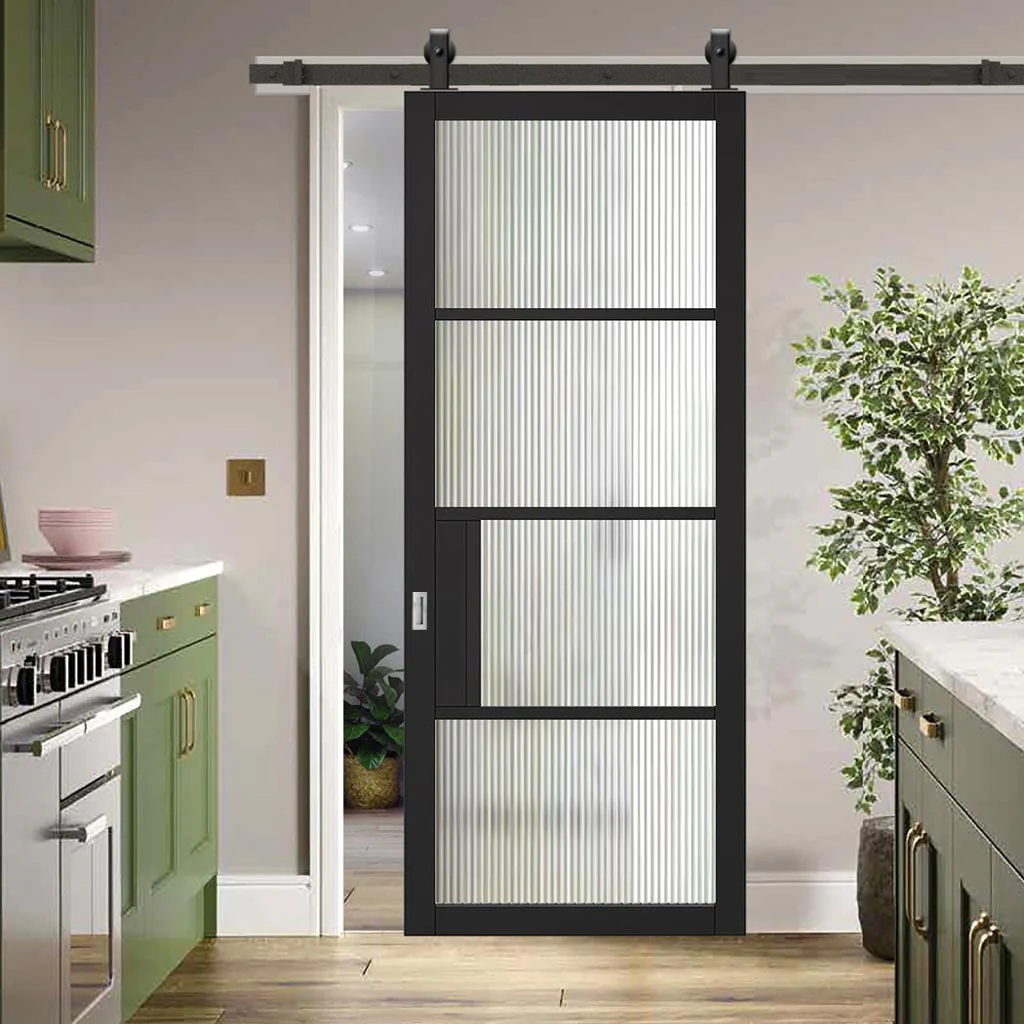
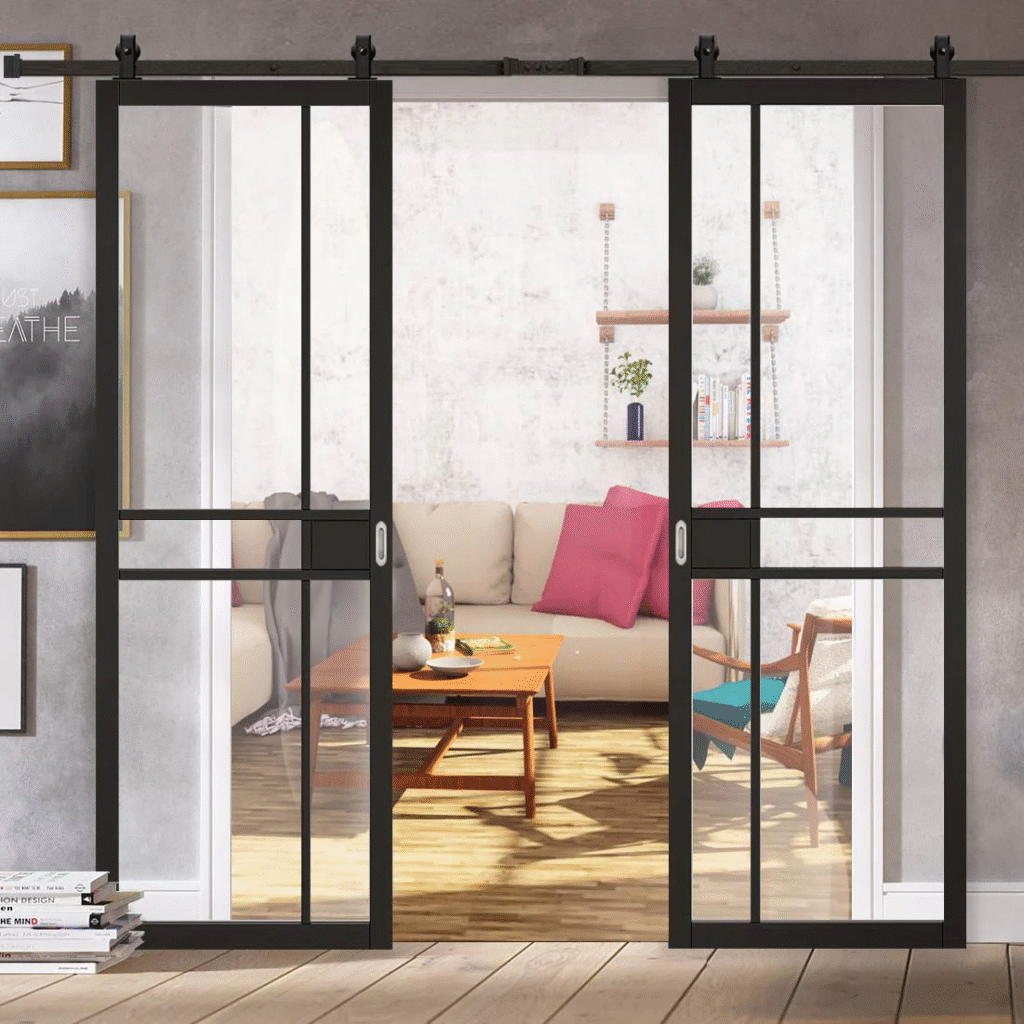
2. Bottom Track Sliding Door
The track is installed on the floor, and the door slides along it using bottom rollers.
Advantages:
Excellent stability: Weight is supported by the ground, ensuring durability.
Better sealing: Tight contact between door and track improves insulation and dust resistance.
Easy installation: Minimal wall structure requirements.
Disadvantages:
Floor bump: The track protrudes slightly, can collect dust, and may be a tripping hazard.
Slightly less aesthetic: Breaks floor continuity.
Upgraded Option – Embedded Floor Track:
By embedding or recessing the track into the floor, the surface becomes nearly flush, combining the beauty of a hanging door with the stability of a bottom track — but requires high installation precision.
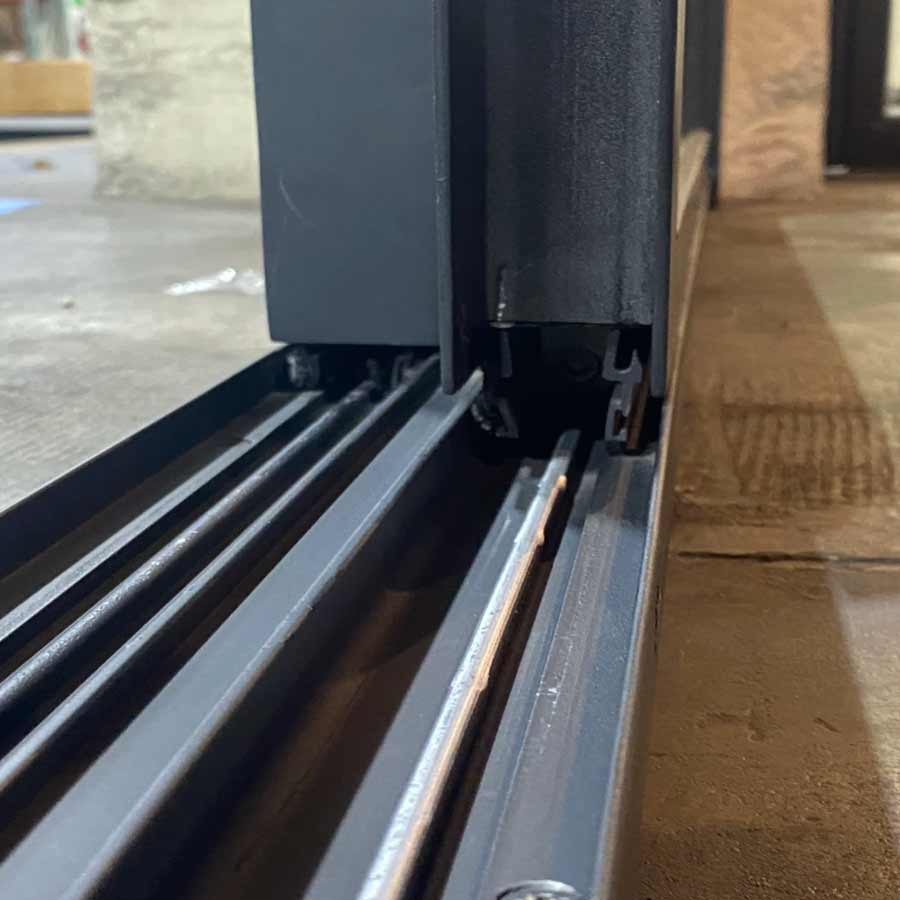
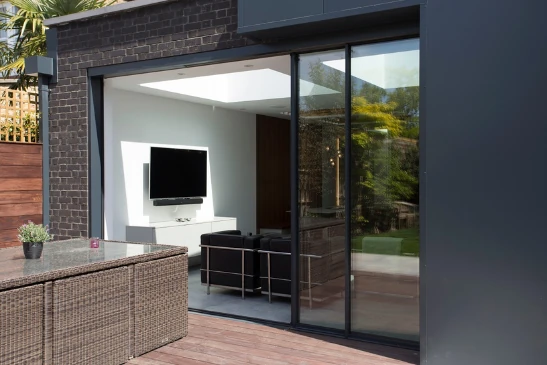
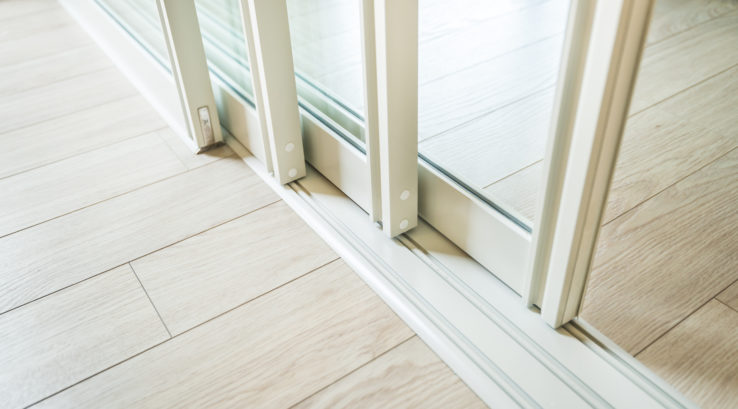
3. Concealed (Pocket) Sliding Door
The door slides into a hollow compartment within the wall when opened.
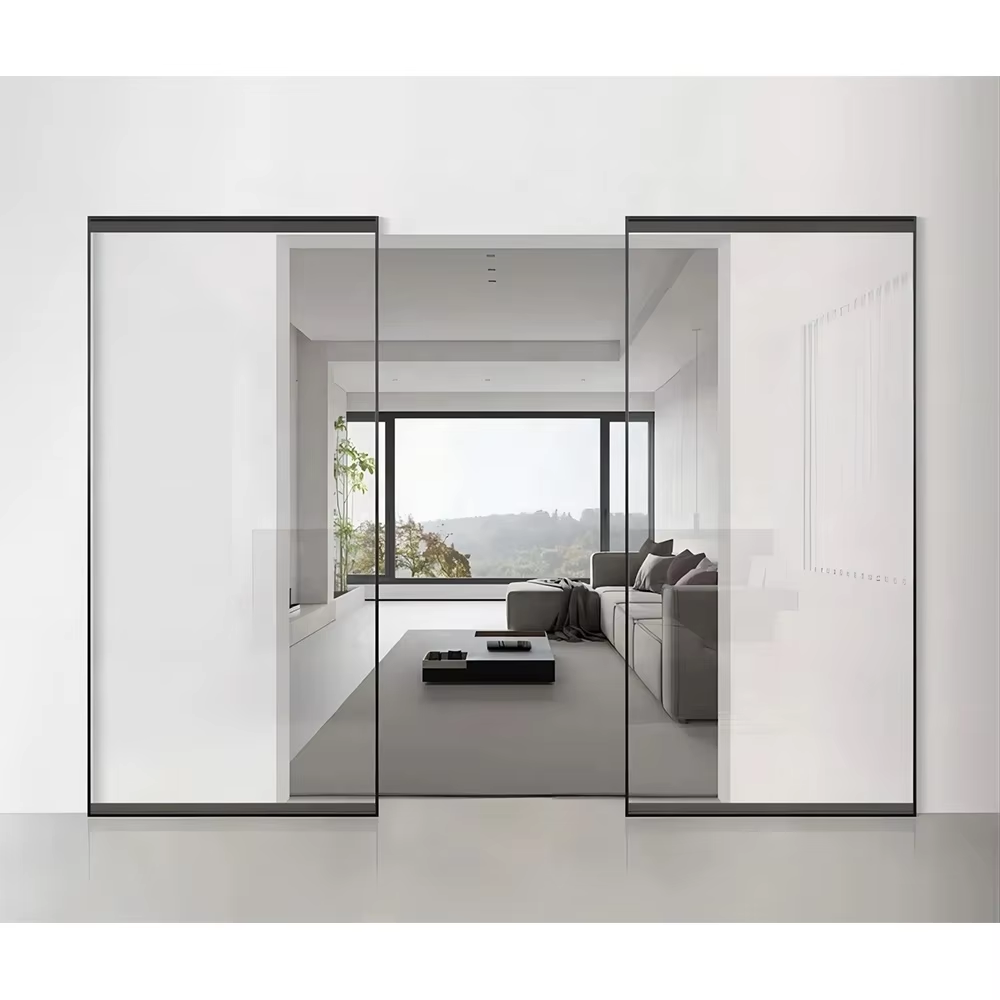
Advantages:
Completely hidden: Fully disappears when open for a sleek, seamless look.
Space-saving: Doesn’t occupy wall space on either side.
Disadvantages:
High cost: Must be planned during construction; retrofitting is complex.
Difficult maintenance: Internal tracks are hard to access for repair.
Best for: Bedrooms, studies, or walk-in closets in minimalist or high-end designs.
II. Classification by Door Material
The material defines the door’s appearance, texture, and performance.
1. Aluminum Alloy Sliding Door
The most popular option today, especially for balconies and kitchens.
Advantages:
Strong and durable: Excellent resistance to wind, corrosion, and deformation.
Superior sealing: With insulated glass, offers great thermal and sound insulation.
Stylish design: Available in ultra-narrow frames, multiple colors (black, white, gray, wood grain), and a modern aesthetic.
Buying Tips:
Check aluminum thickness (≥1.4 mm), tempered insulated glass, and high-quality sealing strips.
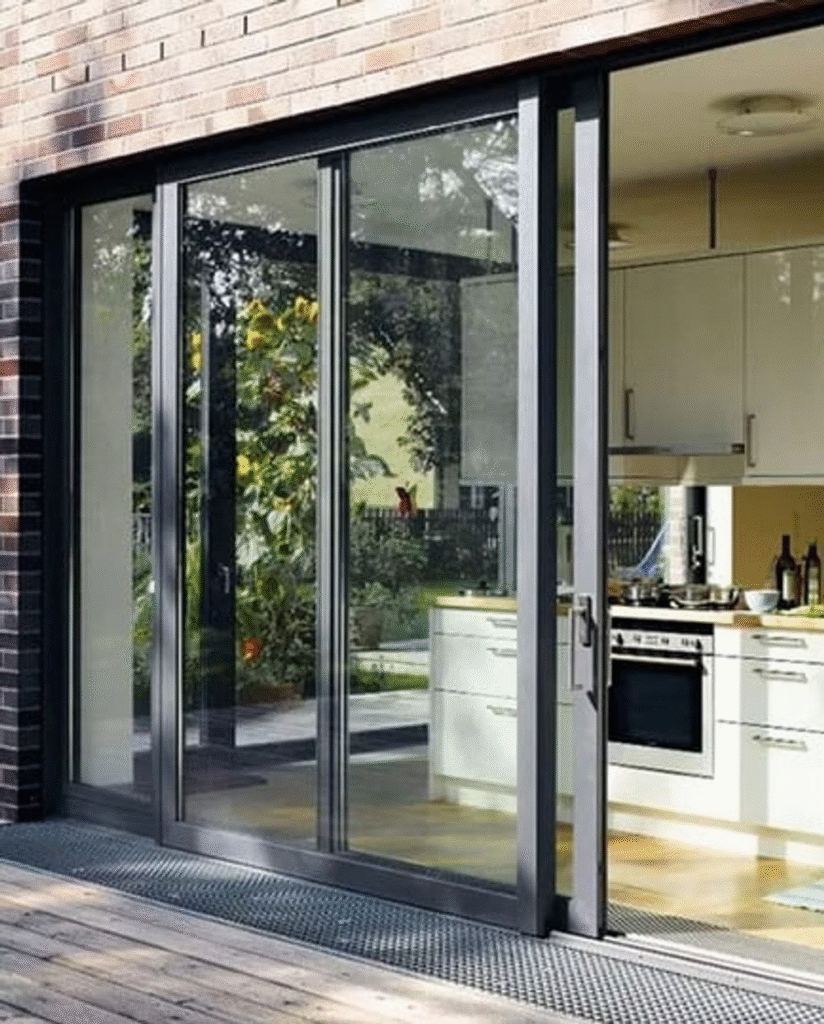
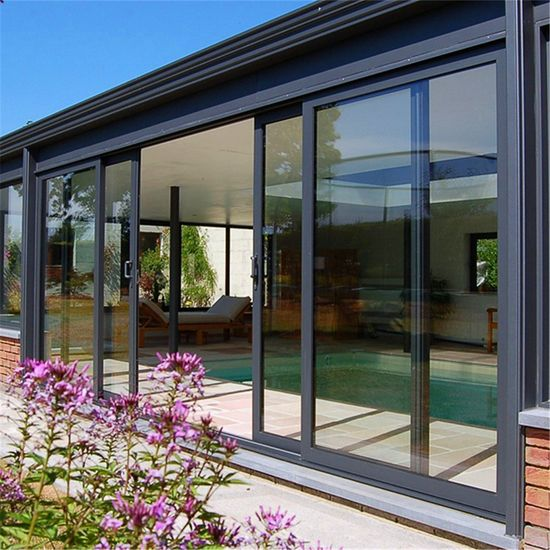
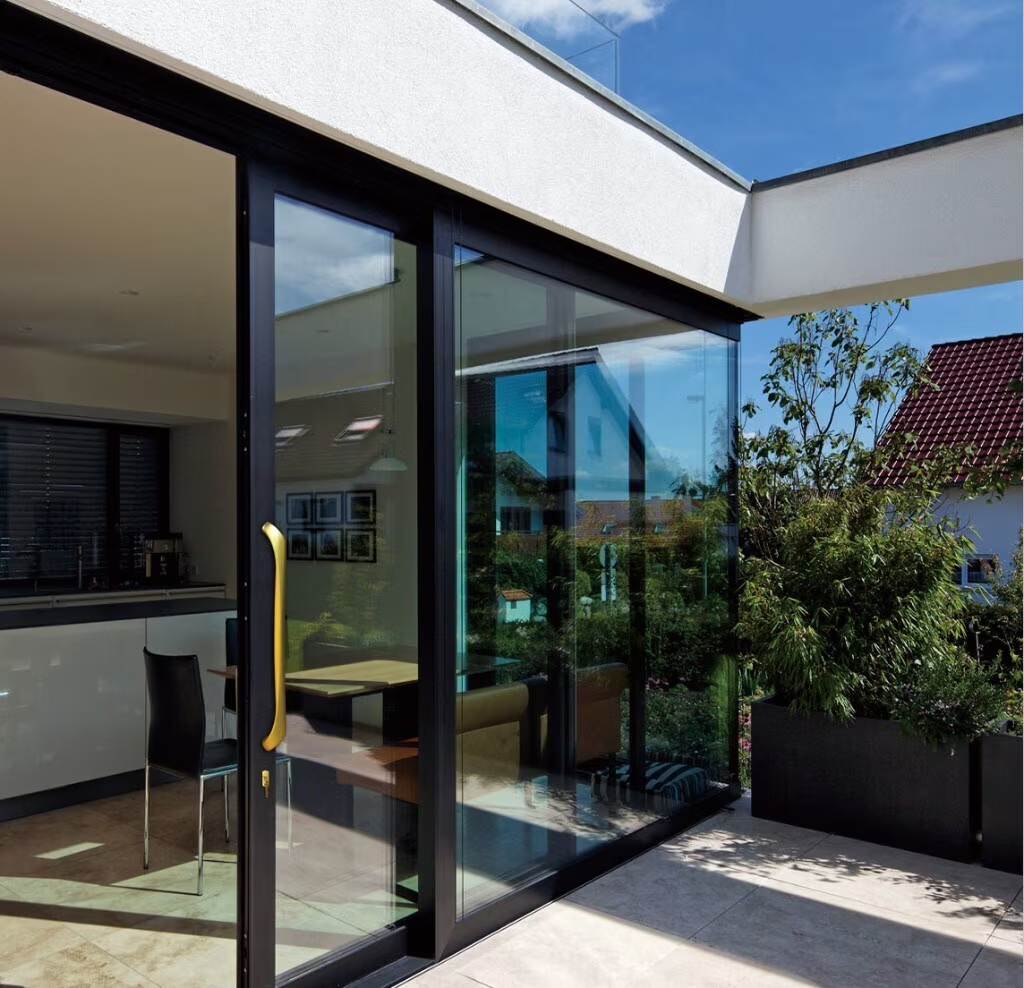
2. Glass Sliding Door
The main door panel is made of glass, framed or frameless.
Advantages:
Excellent transparency: Maximizes natural light and brightens space.
Visual expansion: Divides spaces while maintaining openness.
Glass Options:
Clear glass: Full visibility, ideal for kitchens.
Frosted/Fluted glass: Allows light but maintains privacy, great for bathrooms or entryways.
Patterned/Laminated glass: Adds decorative and artistic effects.
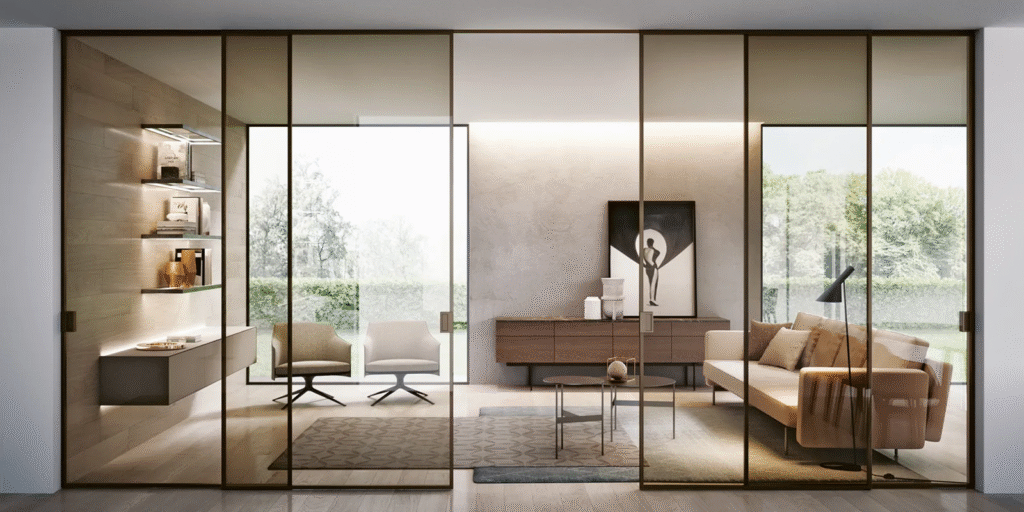
III. Classification by Design and Opening Style
1. Single Panel Sliding Door
One panel slides along a single track. Ideal for small openings such as closets or compact bathrooms.
2. Double or Multi-panel Sliding Door
The most common type — two or more panels slide along tracks, overlapping or opening halfway. Suitable for larger openings like balconies or kitchens.
3. Linked (Folding) Sliding Door
Features: Multiple panels connected by hinges that fold together when opened.
Advantages: Maximizes opening width for unobstructed views.
Best for: Balcony-living room partitions or open-concept areas.
4. Barn Door
Features: A distinctive hanging door with an exposed track above the wall.
Advantages:
Decorative appeal: Iconic in industrial, rustic, or vintage interiors.
Flexible installation: Minimal wall alteration required.
Disadvantages:
Poor sealing: Noticeable gaps between door and wall.
Wall space needed: Requires a full blank wall for the door to slide over.
Best for: Studies, dressing rooms, dining areas — where privacy isn’t a priority.
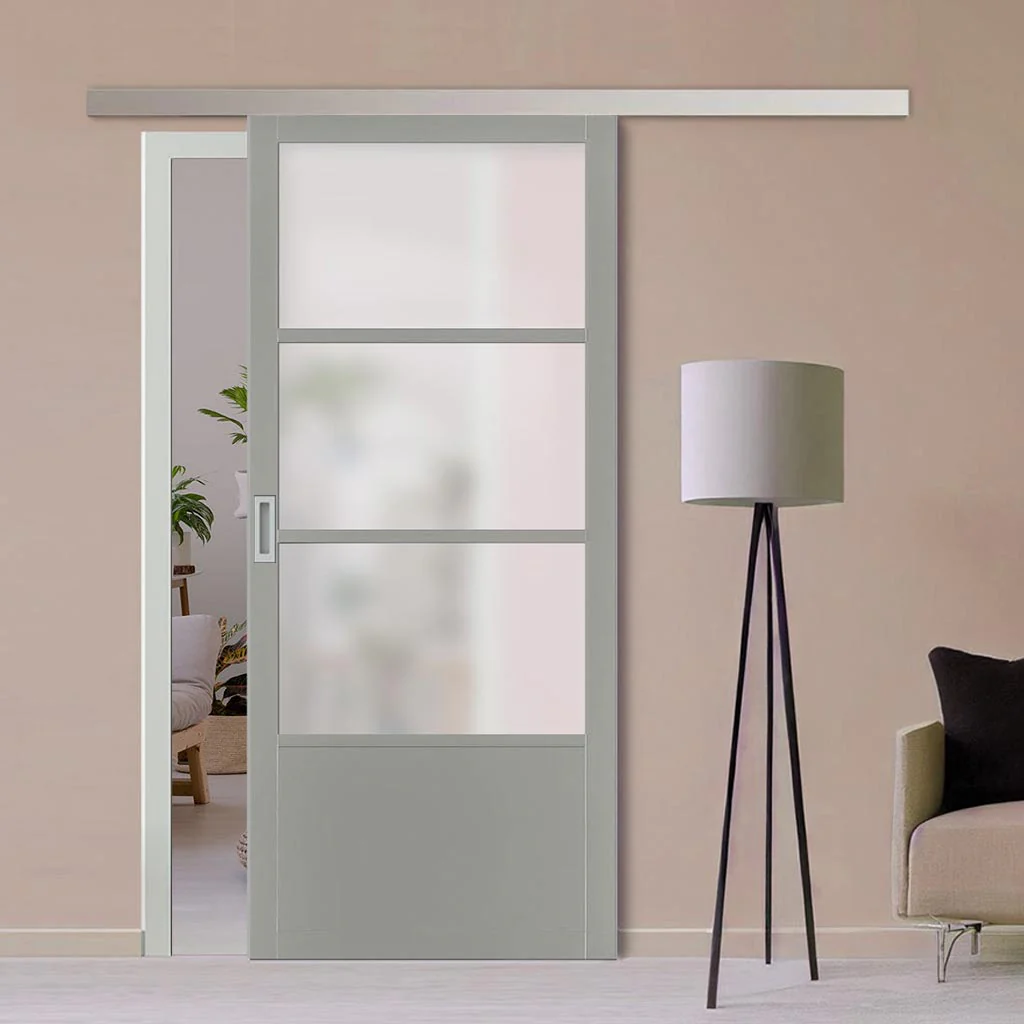
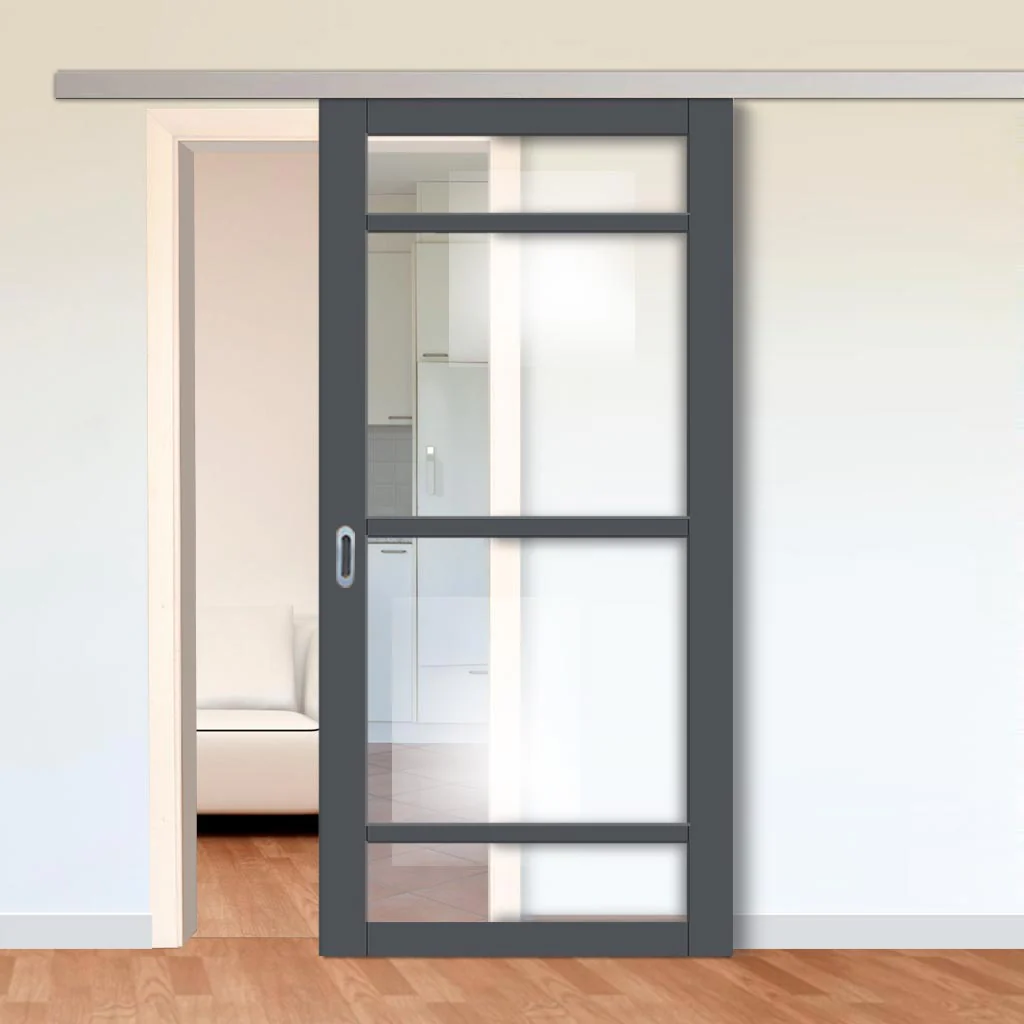
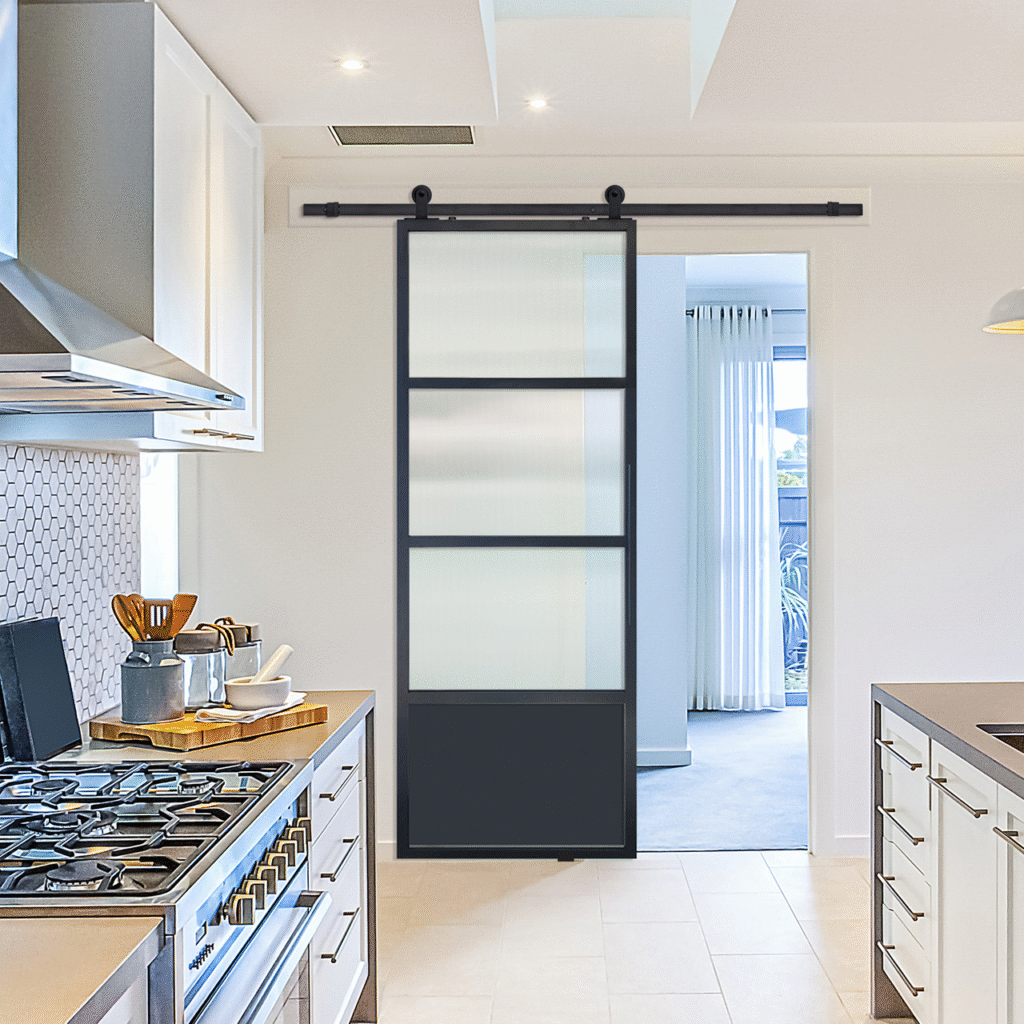
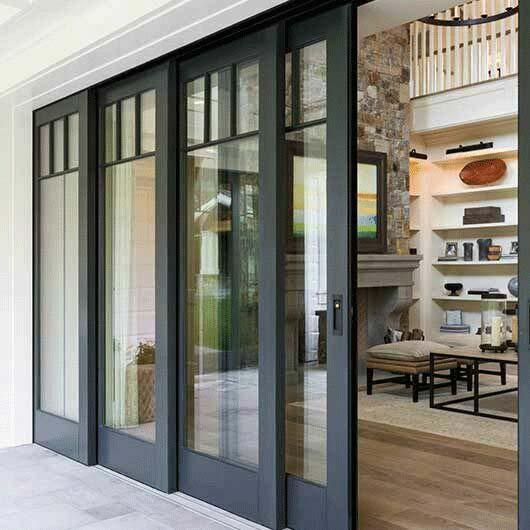
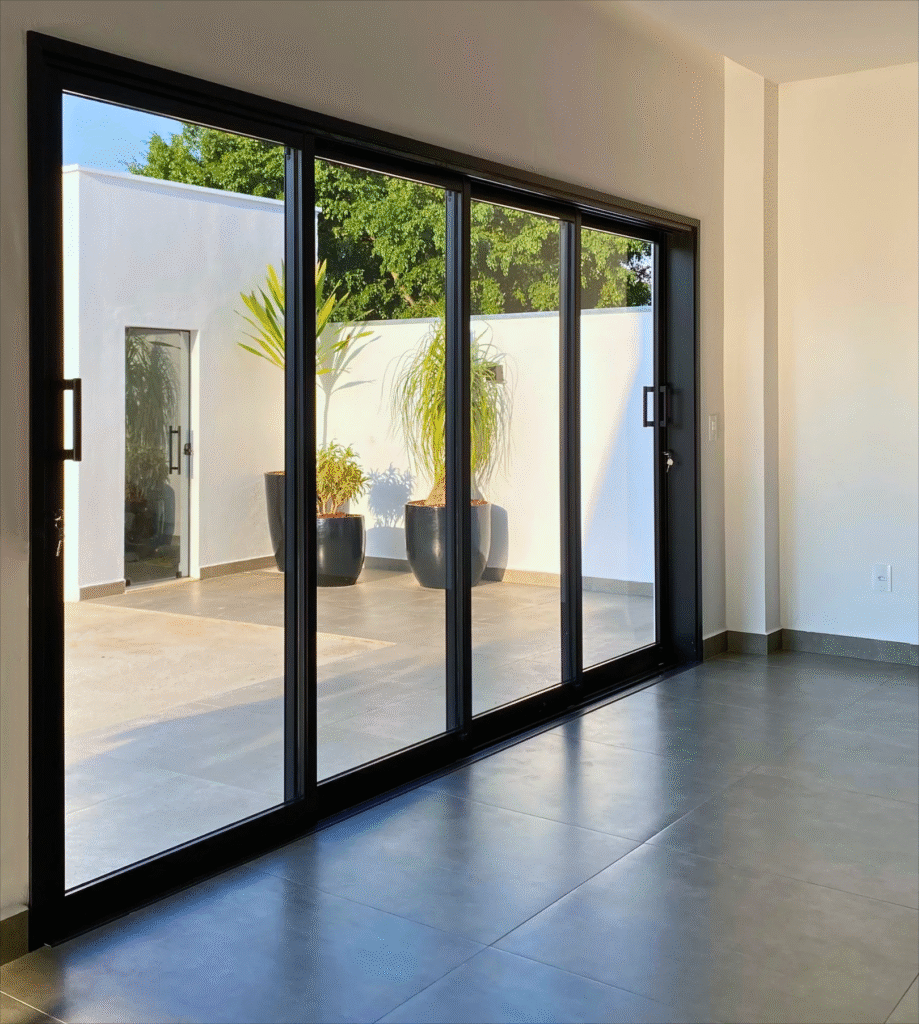
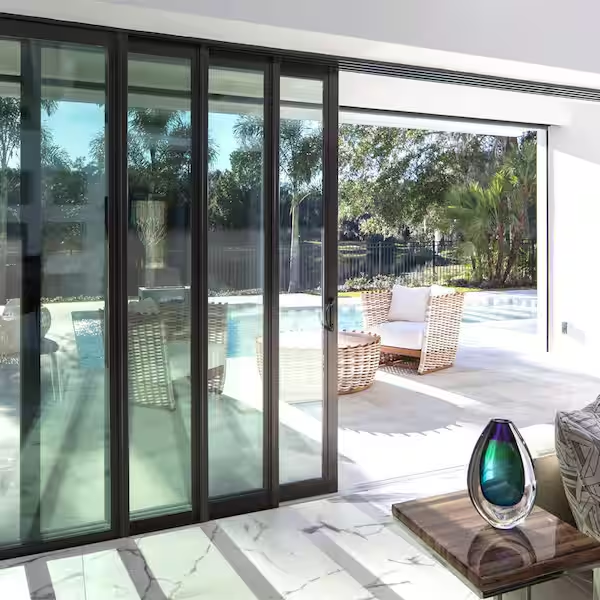
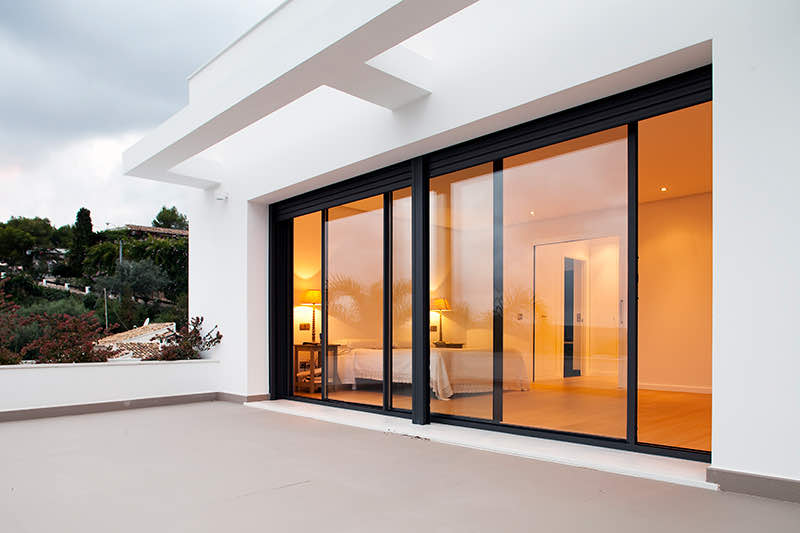
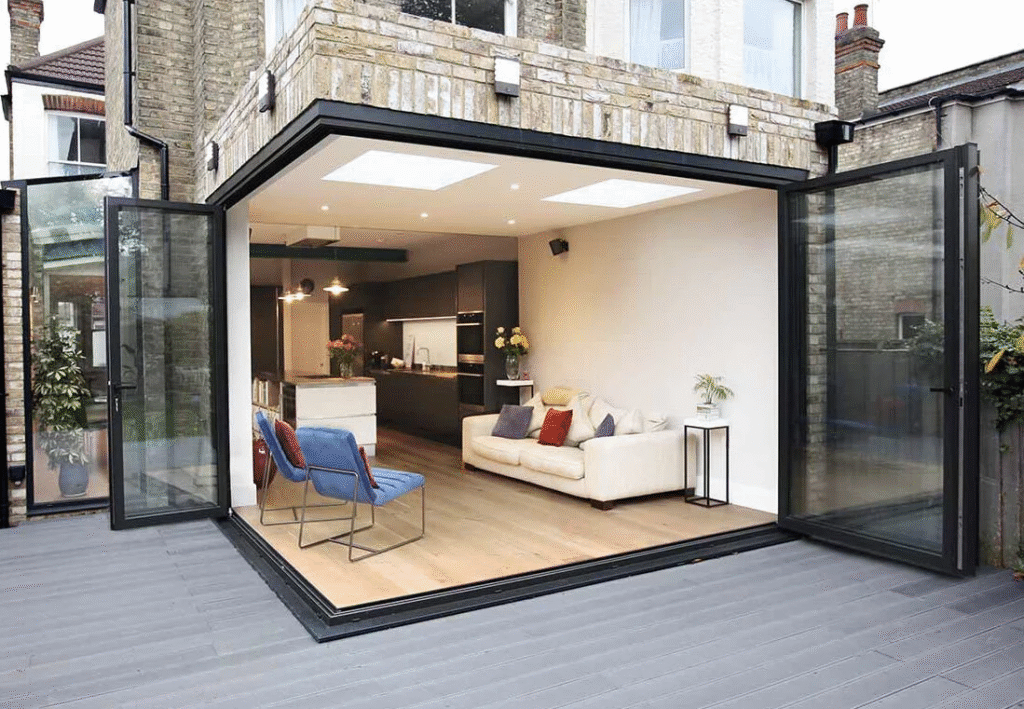
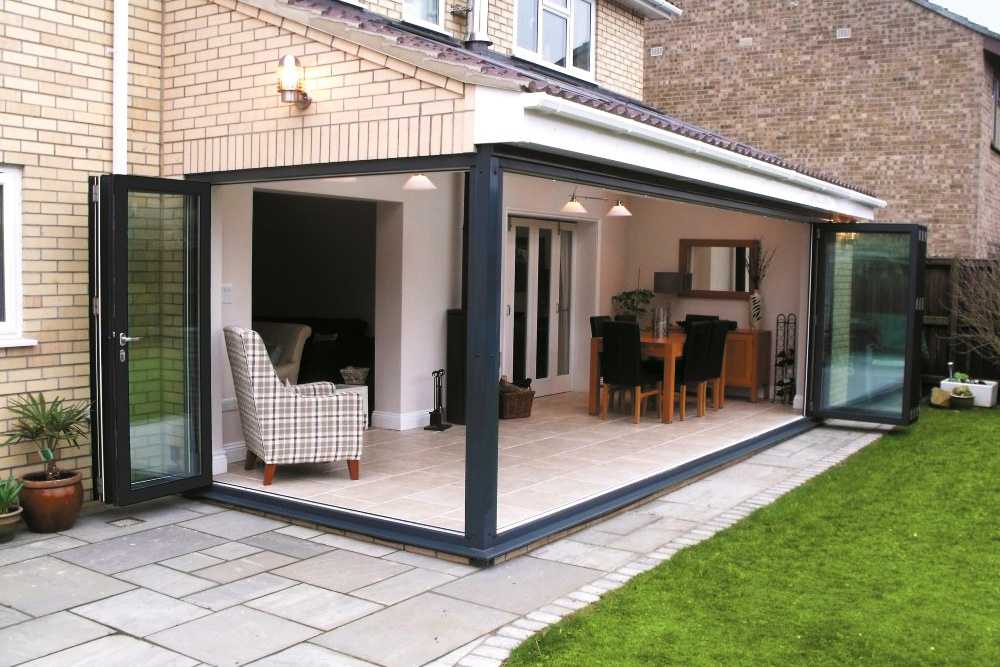
IV. How to Choose the Right Type of Sliding Door in China
1. Define your needs: First, determine the intended use.
If you need sound and thermal insulation, choose a bottom-track door; if you want easy cleaning and smooth movement, go for a hanging-track door; and if it’s for decorative purposes, a barn door is ideal.
2. Check the frame material: For aluminum alloy doors, focus on the thickness and surface treatment of the frame. For wooden doors, pay attention to the type of wood and craftsmanship quality.
3. Inspect the glass: Always use tempered glass with 3C certification. Choose insulated glass for better thermal and sound performance, laminated glass for safety, or decorative glass for aesthetic appeal.
4. Evaluate the hardware: Rollers and tracks are the “heart” of a sliding door. Opt for hardware that is silent, smooth, and strong in load-bearing, as these directly affect the door’s durability and user experience.
5. Match the style: The design, color, and frame thickness of the sliding door should complement the overall interior style of your home.
